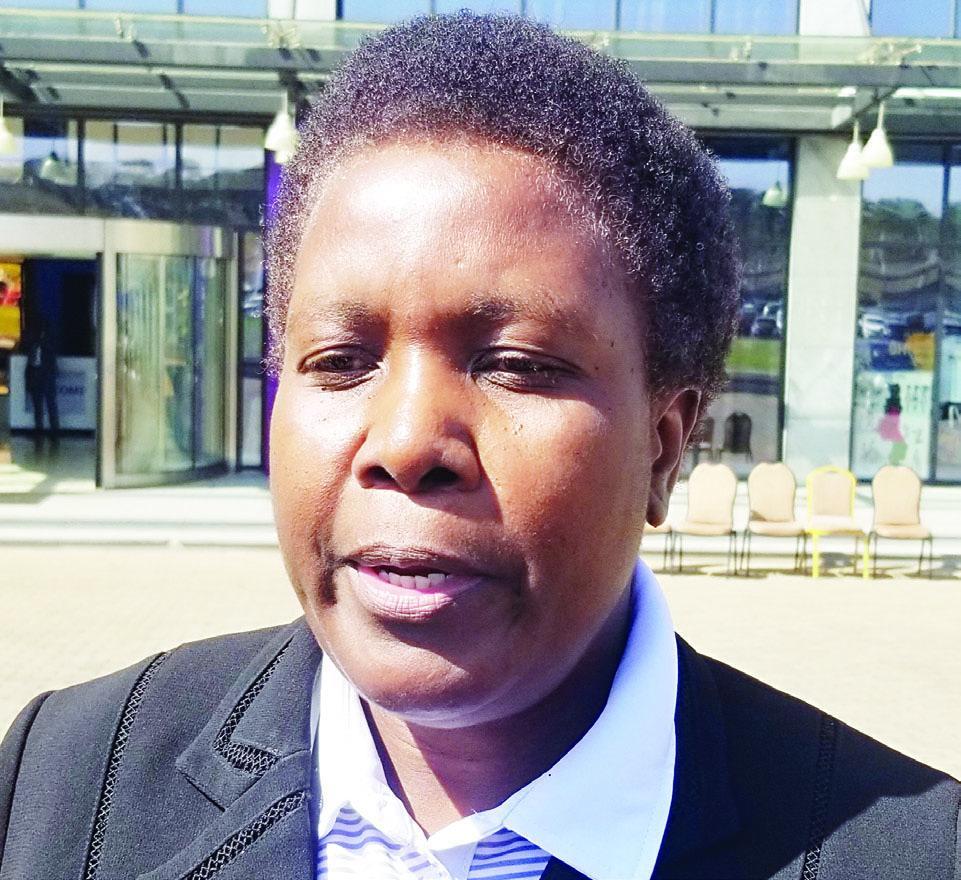Africa-Press – Malawi. Commercial banks more than doubled agriculture financing to K44 billion in 2024, the Bankers Association of Malawi (Bam) has revealed.
This comes at a time when the country is grappling with a 20 percent food deficit, having previously faced a 17 percent deficit in 2023. This has driven up food prices and created raw material shortages for manufacturers.
Bam Chief Executive Officer Lyness Nkungula disclosed the financing surge during a bank-farmer interface in Lilongwe, describing it as a positive response to farmers’ financing needs despite persistent access challenges.
Nkungula argued that the country must transition to mechanised farming and irrigation systems to unlock more bank financing, while reducing climate-related production risks that currently discourage lenders.
“When we look at access to finance, we are getting there because in 2024 the banks distributed about K44 billion towards agriculture. It is a positive move but we need to do more,” Nkungula said.
KACHIWAYA—We have taken a business
incubation approachMinistry of Industry and Trade Director of SMEs and Cooperatives, Limbikani Kachiwaya, said the government is addressing financing access challenges by organising small producers into formal cooperatives.
“We realised that one thing that affects SMEs, especially women farmers, is that they have been regarded as high risk. So, we have taken a business incubation approach and we’re training these entrepreneurs, making them form cooperatives,” Kachiwaya said.
The agriculture sector, dominated by smallholder farmers, has experienced declining production due to climatic shocks and rising input costs that have forced some farmers to abandon cultivation.
Furthermore, the interface revealed that women farmers demonstrate lower loan default rates compared to men, according to GIZ data presented at the meeting.
Bam officials said such information would help banks develop appropriate financial products for women farmers, who have traditionally been viewed as high-risk borrowers.
The financing increase represents a significant shift in banking sector attitudes towards agriculture, historically considered a risky sector due to weather dependency and limited collateral among smallholder farmers.
However, the K44 billion figure still falls short of sector needs, with agriculture employing over 80 percent of Malawi’s population, while contributing significantly to GDP.
The food deficit crisis has intensified pressure on the financial sector to support agricultural transformation through increased lending and innovative products tailored to farmers’ needs.
The GIZ initiative forms part of broader efforts to formalise the agricultural sector and improve farmers’ access to formal financial services beyond traditional microfinance options.
For More News And Analysis About Malawi Follow Africa-Press






